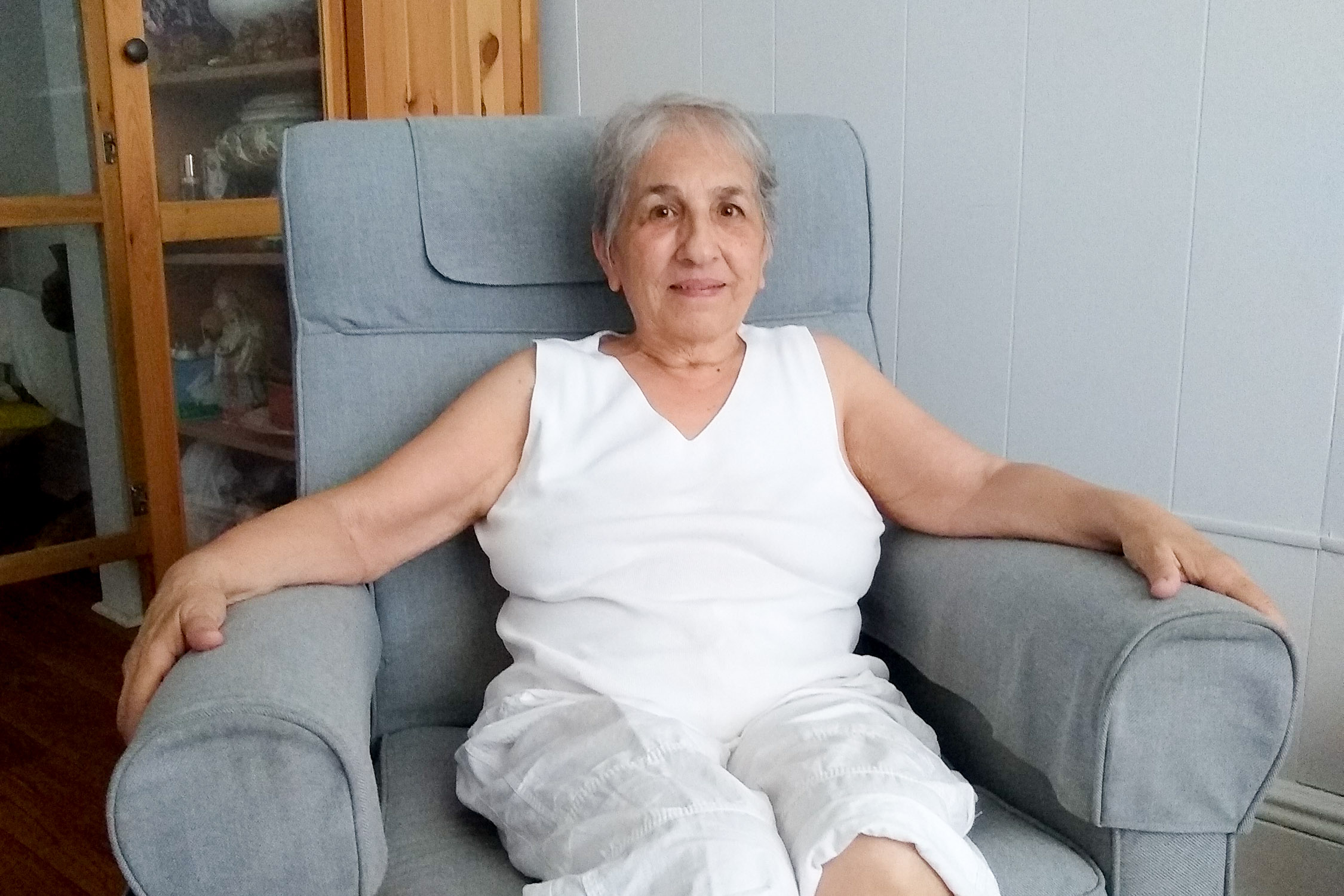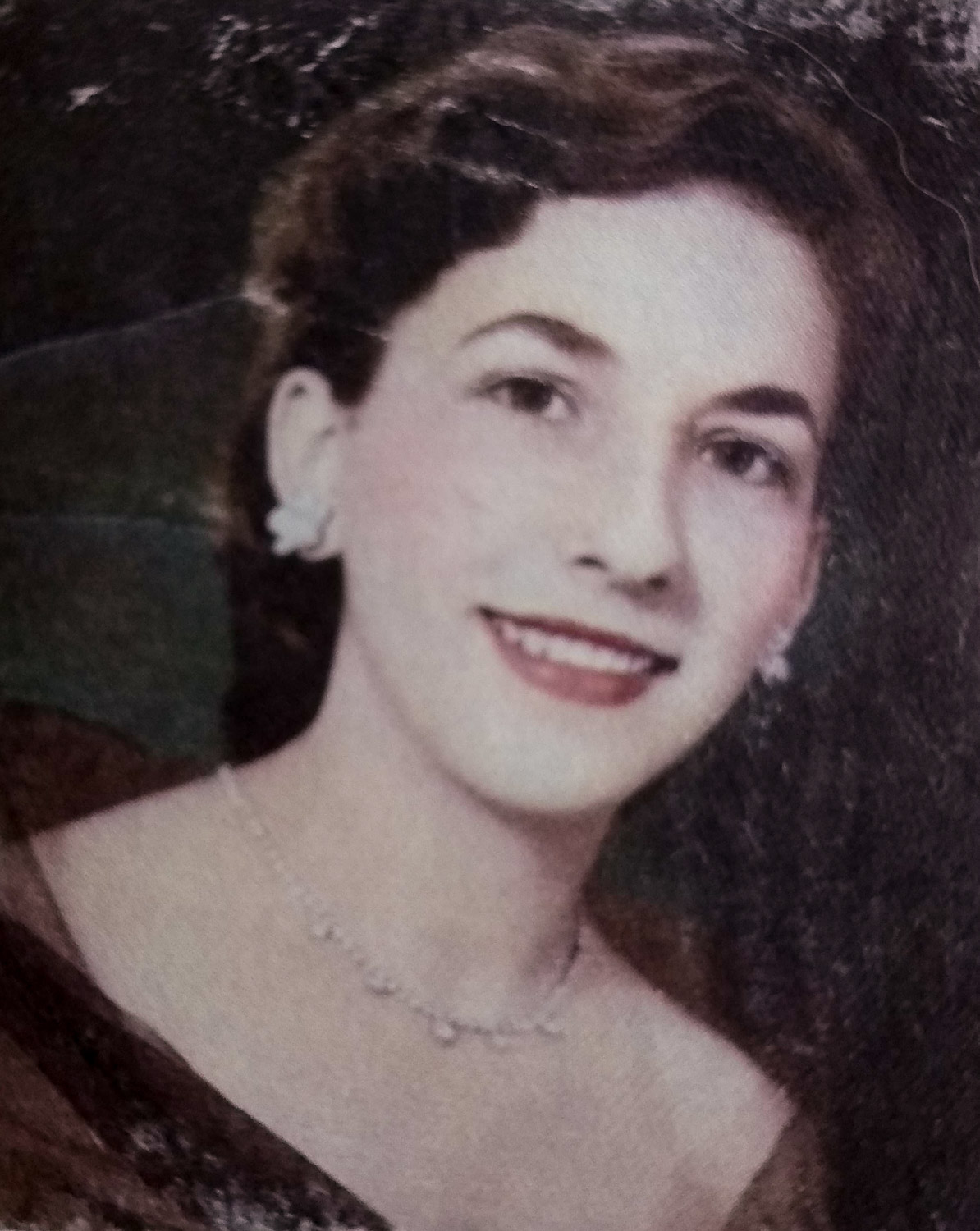HBM137: Superhappiness
/David Pearce on a Zoom call with producer Bethany Denton. Image by Jeff Emtman.
David Pearce thinks it's possible to end suffering. He’s a philosopher* who studies “hedonic zero”, the state of being which is completely neutral--neither good nor bad. He believes that, despite our momentary joys and sadnesses, most of us have a set point we tend to return to. And that “hedonic set point” falls somewhere on the spectrum of positive to negative.
For David, his set point is negative. He’s always been melancholic and he has depression. He remembers his interest in philosophy sparking in his teenage years, when he felt an outcast. He’d sit in the dark, and listen to pop music and try to figure out how to end the world’s suffering.
He bought a book that introduced him to the concept of wireheading, which is the artificial stimulation of the brain. The wireheads could experience instant bliss with nothing more than electricity. This concept was huge for David: promise of a concrete mechanism to elevate his mood, instantly and without drugs.
Since then David has dedicated his life to understanding hedonic set points and how to manipulate them through physical interventions (like wireheading), gene manipulation (which is arguably already being done with IVF babies), medication, and the eventual transition to post-humanity.
In 1995 David wrote The Hedonistic Imperative. He is the co-founder of Humanity+ (formerly the World Transhumanist Association). He currently sits on their advisory board.
Producer: Bethany Denton
Editor: Jeff Emtman
Music: The Black Spot, Circling Lights, Flower Petal Downpour
*David Pearce’s philosophy aligns him with transhumanism, negative utilitarianism and soft antinatalism.








